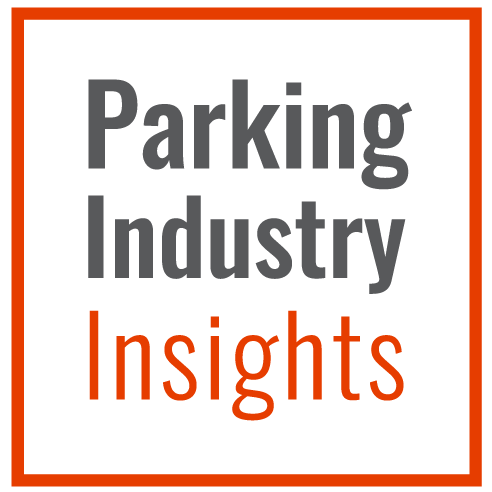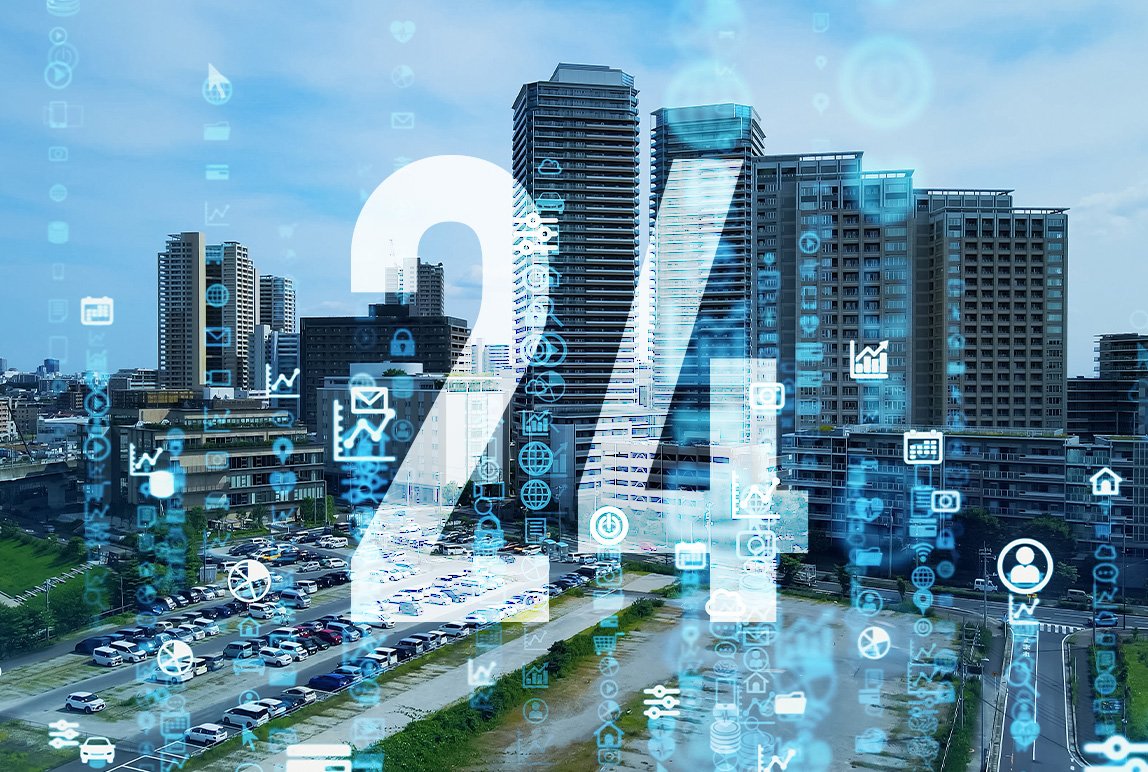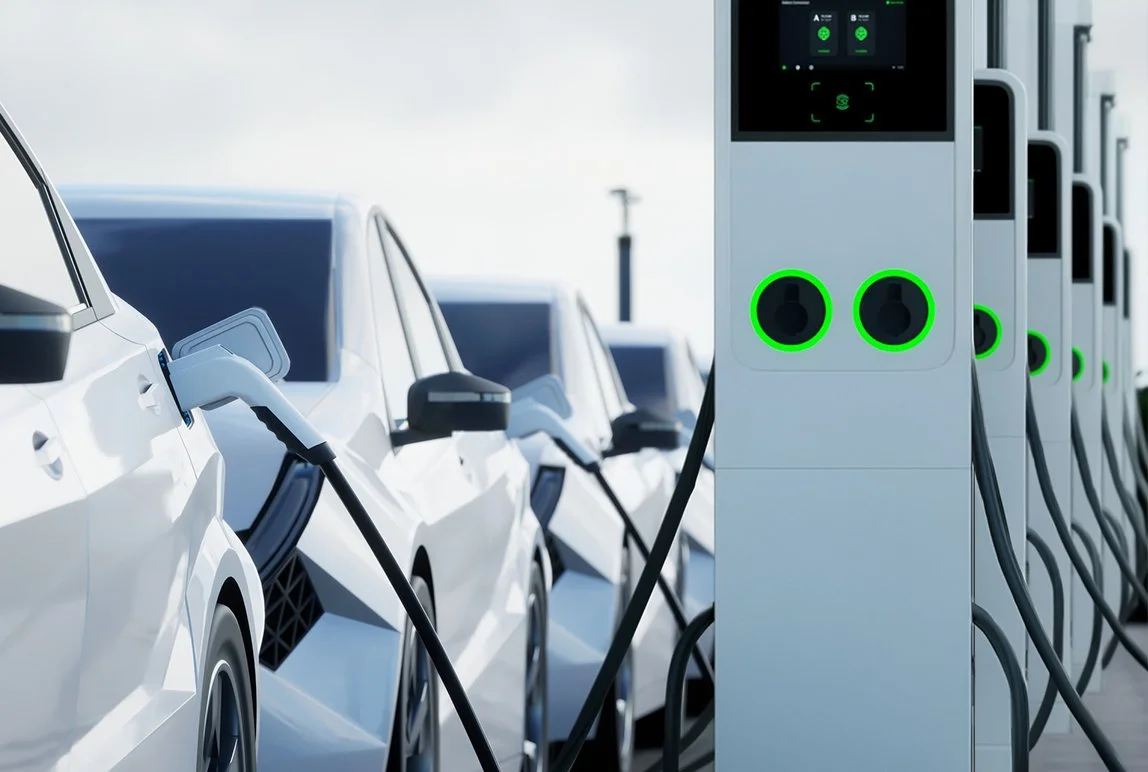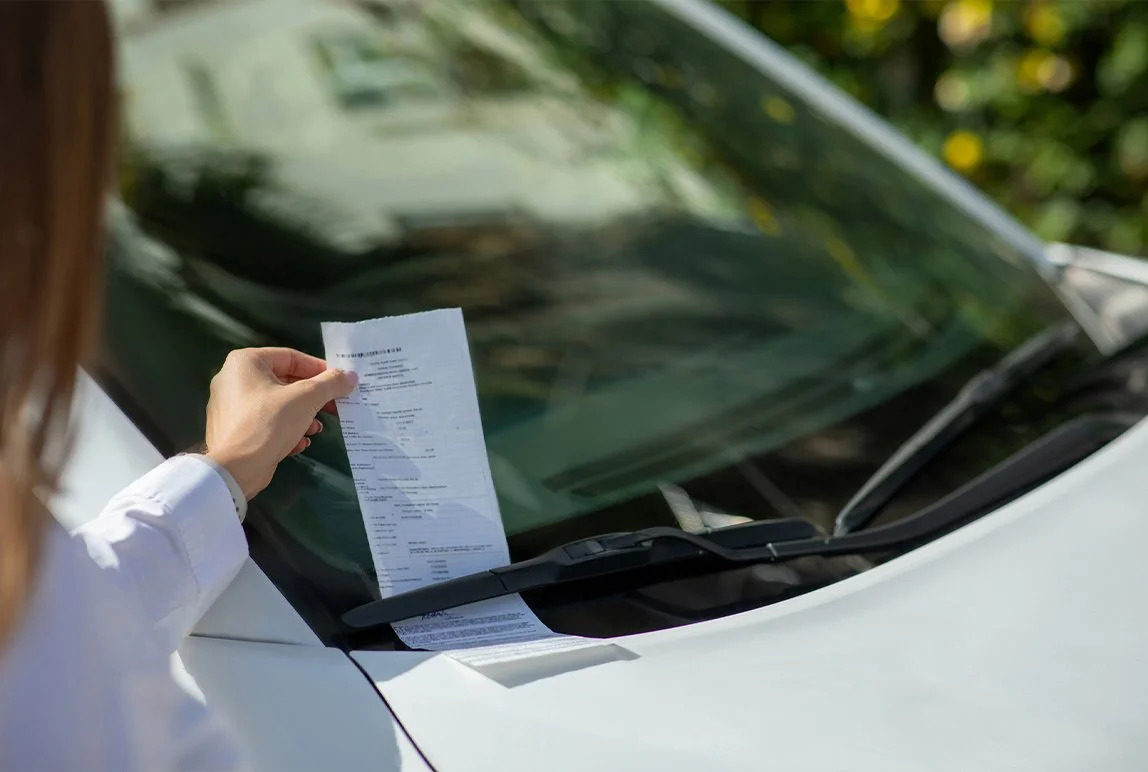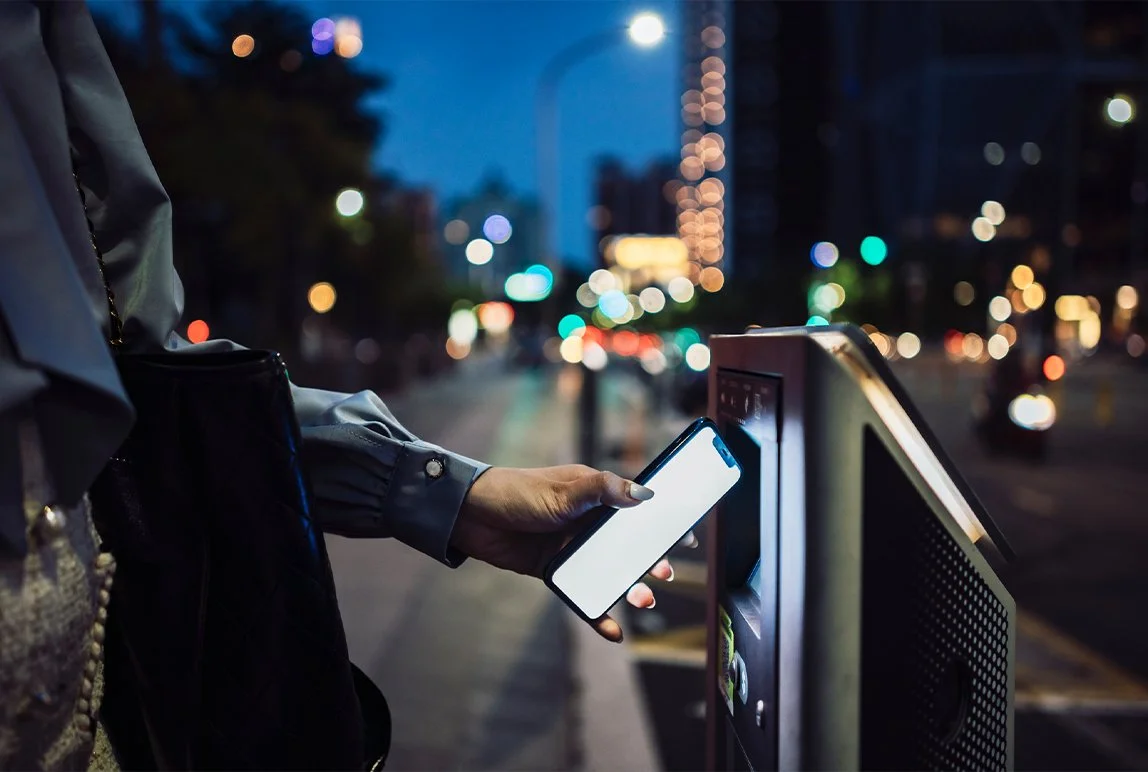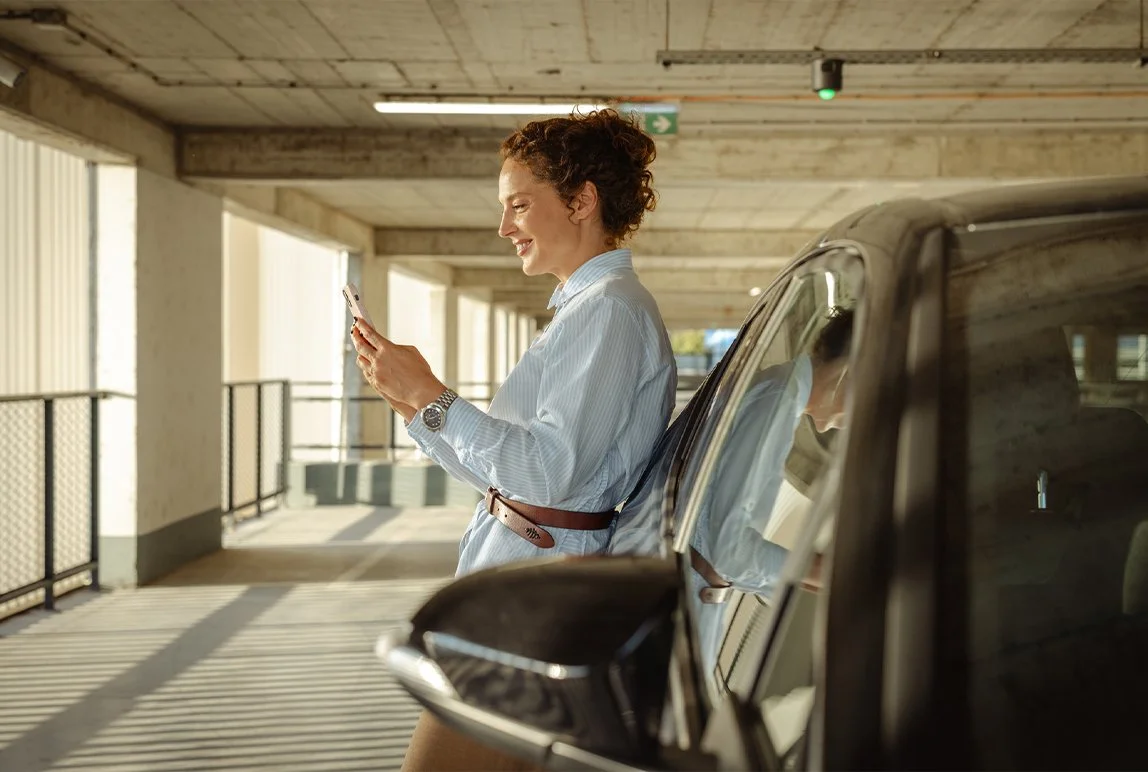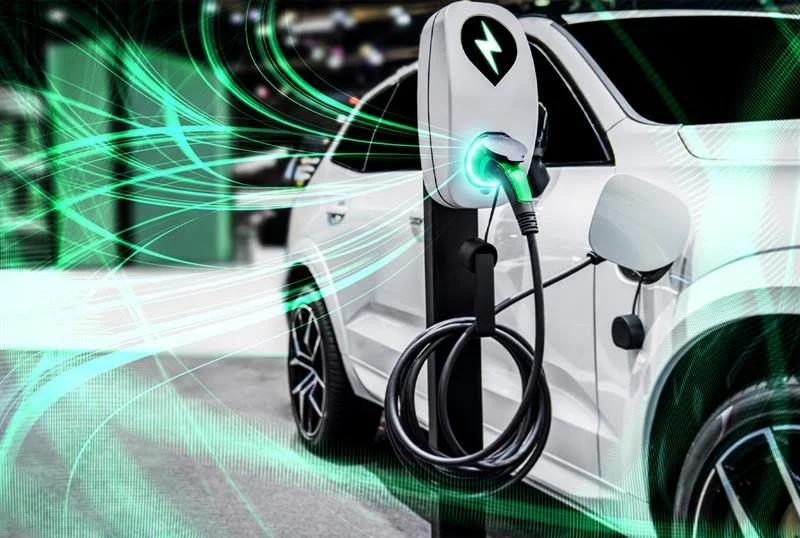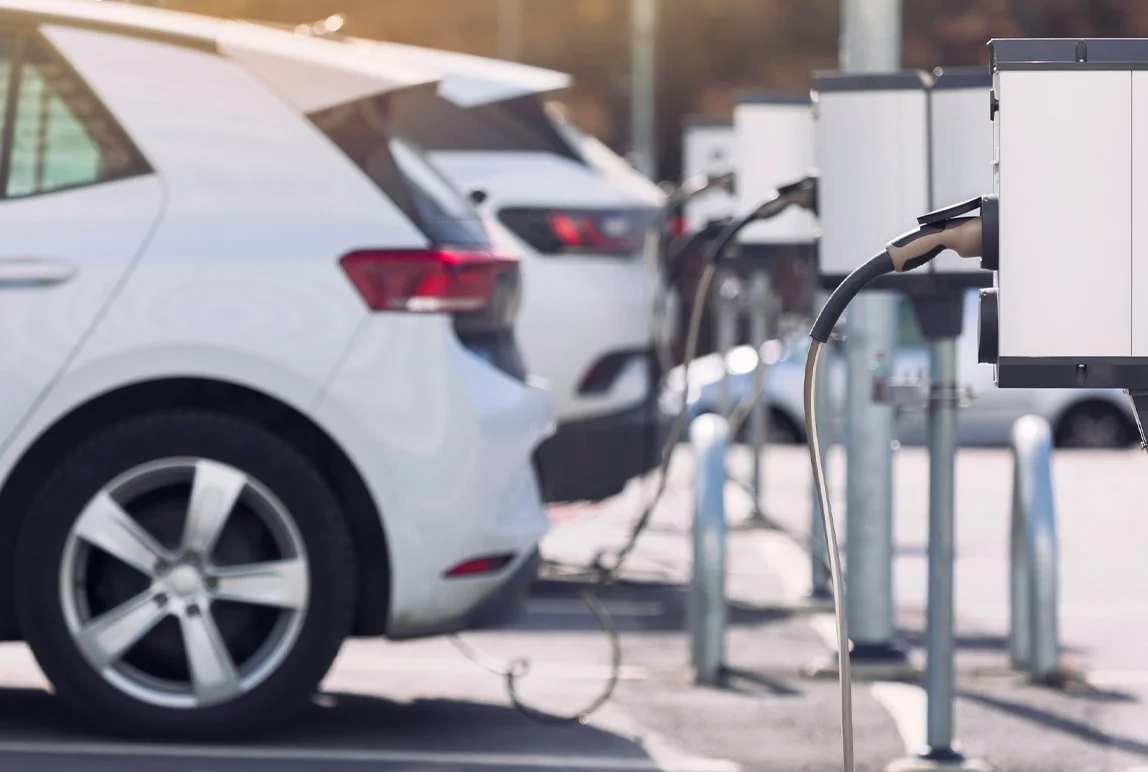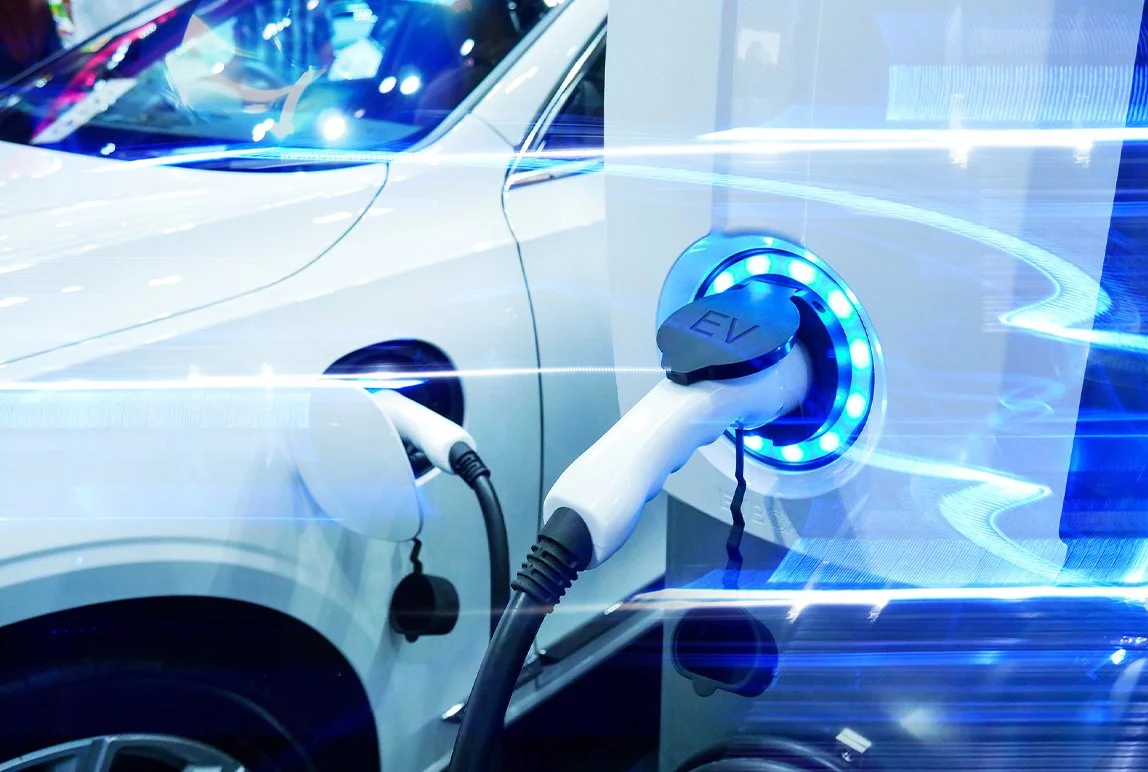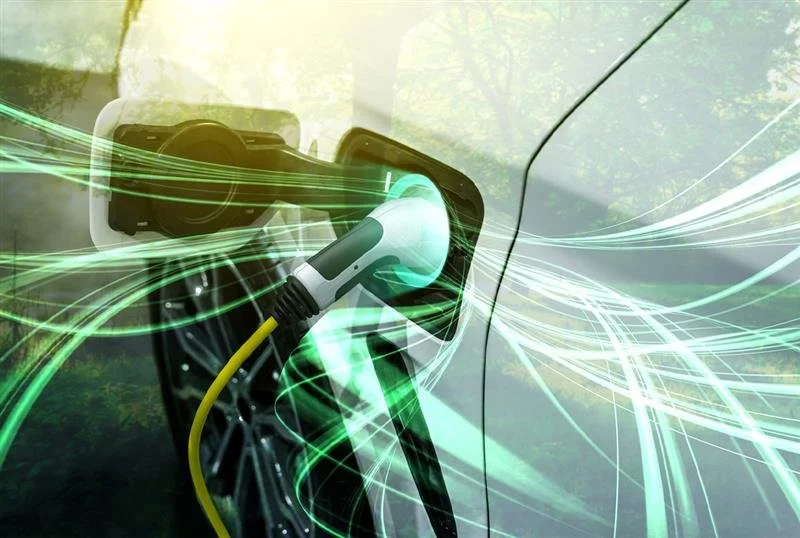Top 24 Solutions to Optimize Your Parking Management Strategy in 2024
Posted: Jan, 9, 2024 10:34AM ET • 15 min read
As we step into 2024, the fusion of advanced technologies and a heightened focus on urban mobility is reshaping parking solutions, opening up exciting possibilities to enhance the overall parking experience. This transformation benefits not only customers but also proves advantageous for facility managers and owners. Successfully navigating the intricacies of parking operations requires a strategic approach, ensuring smooth navigation, compliance, and sustainability.
Check out the top 24 solutions to empower your parking management strategy, positioning you for success in the upcoming year and beyond.
Electric vehicle (EV) charging stations to meet the evolving needs of your customers.
With electric vehicles (EV) gaining popularity and the Canadian government halting all production of gas-powered vehicles in 2025, now is the time to start planning your EV charging station infrastructure. Installing EV charging stations within your parking facility increases your lot's desirability, catering to a broader audience in search of convenient and sustainable parking solutions.Internet of Things (IoT) and smart parking sensors to gather real-time data and streamline your operations.
Deploying smart parking sensors can provide real-time data on occupancy levels. These sensors can detect whether a parking stall is vacant or occupied and transmit this information to a centralized system. This facilitates optimal space utilization, minimizes congestion, and elevates overall operational effectiveness by seamlessly tracking vehicular data for various use cases.Generative AI algorithms to make smart parking predictions.
Utilizing generative AI algorithms can help predict parking demand based on historical data, events, or trends. This enables better resource allocation and planning for parking facilities. It also allows parking operators to develop a pricing strategy based on traffic patterns to maximize revenue, as well as proactively identify issues and equipment breakdowns.Mobile parking platforms to contribute to Mobility-as-a-Service (MaaS) trends.
A mobile parking platform is one of many ways to implement Mobility-as-a-Service (MaaS) into your parking strategy. Offering your customers, a quick and easy way to pay and reserve parking, as well as schedule last-mile services all from their mobile device creates a seamless parking experience and increases your parking revenue.Micromobility-specific parking stalls to accept various transportation modes.
As the concept of micromobility continues to grow, it is important for parking facilities to accommodate eco-friendly transportation alternatives like e-scooters, bicycles, and carpooling. By allocating specific spaces within the facility for these compact modes of transportation and implementing clear signage, you not only optimize parking stall usage but also facilitate easier facility management for owners.
Adapt your parking infrastructure to make way for autonomous vehicles.
Prepare for the rise of AI-powered autonomous vehicles (AVs)! AVs leverage AI for precise control, reducing accidents and congestion, allowing facility managers to adapt their parking infrastructure and minimizing stall size to ensure efficient use of space. Repurpose surplus areas for amenities like EV charging stations, aligning with the evolving landscape of urban mobility. Proactive redesign positions parking facilities for AV integration and fosters a future-ready urban environment.Keep up-to-date with evolving payment processing procedures to safeguard financial transparency and trust.
Financial compliance is critical as mandates and payment processing procedures evolve annually. Parking facility managers must proactively engage with their technology provider to ensure compliance and make necessary upgrades to meet the latest standards.Digital signage to enhance the wayfinding experience and display important facility information
Step into the future of navigation with the implementation of digitalized wayfinding signage. Digital signage is highly adaptable, and can be used for various use-cases including: providing real-time occupancy updates, communicating, operational updates and safety information, and can even be sold to third-party advertisers to promote their brand, allowing you to capitalize on an additional revenue stream.Bluetooth Low Energy (BLE) permits for hands-free access to your facility.
Offering Bluetooth Low Energy (BLE) permits is a great starting point for smart access and connected building strategies. BLE permits allow registered users to access your gated parking facility by simply turning on their mobile Bluetooth. Once the registered users arrive at the parking entry or exit lane, their mobile BLE permit is detected by a BLE reader, and the gate automatically opens.Smart sensor technology paired with digital vehicle signatures and vehicle heads-up displays for truly frictionless experiences.
When paired with license plate recognition technology, smart camera-based sensor solutions create a seamless wayfinding loop that reduces congestion, increases efficiency, and enables visitors to find parking easily. On a business level, this technology can gather real-time data that helps you to maximize garage efficiency, expand revenue opportunities, improve security and enhance operational control.Smart camera-based sensor solutions also provide a rich—and potentially untapped—data set that generates dynamic pricing opportunities, allowing parking operators to set parking rates based on occupancy and locations. When paired with digital vehicle signature technology, parking guidance systems can be taken one step further to guide registered visitors to preferred or pre-booked parking stalls via vehicle heads-up displays.
24/7 remote monitoring and digital customer service for immediate service and support.
Incorporate 24/7 virtual customer service to elevate customer support within your parking facility and monitor the health of your equipment. Whether utilizing AI technologies or remote CSR’s, or a combination of both, you have the capacity to provide real-time assistance, address inquiries, and guide customers through various parking processes whenever necessary.A robust parking information webpage to maximize your online presence.
Developing an online presence where customers can easily access information about your parking lot is vital, as it creates a direct communication channel for your visitors, all while providing information on your lots. Setting up dedicated pages within your website and a local business page on Google will allow you to maximize your location awareness.Once you have perfected your online presence, it's time to start capitalizing on local SEO techniques. This will ensure your facility's physical location is visible in the top results of search engines and in-car navigation systems, thus increasing the number of drivers who request directions to your parking facility.
QR code and barcode scanners for swift entry and exit.
Integrating barcode scanners with your existing parking technology is an easy way to begin accepting digital permits, payment flexibility, validations, reservations and loyalty programs in the form of a QR code or barcode.License Plate Recognition (LPR) technology to capture and utilize Vehicle Signatures for smart access control.
Devising a strategic parking operation plan starts with understanding where, when, and for how long customers park at your facility. Intelligent technologies like license plate recognition (LPR) allow you to devise smart access control, provide automatic enforcement and gather real-time business intelligence.Drawing on LPR for 100% license plate capture rates are digital vehicle signatures—which can capture the make, model and colour of a to help detect and cater to returning or frequent visitors.
Accessible parking pay stations for equal opportunity, ease and convenience.
By creating an environment that prioritizes accessibility, your parking facility contributes to fostering equal opportunities for everyone, regardless of their physical abilities. Pay stations [MOU1] must include features such as adjustable height and hearing-aid compatibility to accommodate individuals with diverse mobility needs. This commitment aligns with inclusivity principles and enhances the overall accessibility and usability of your facility for a broader range of individuals.Online ads to generate location awareness.
As a parking facility manager, your goal is to get your location in front of as many eyes as possible, and running online ad campaigns will help you do just that. When developing a paid ad campaign, it is vital to determine a few key factors- your target demographic, where they spend their time and the keywords they use when looking for your facility. This will give you insight into where to target your next ad campaign.
Scan-for-assistance for effective parking operations without on-site staff.
In the parking environment, customer inquiries are inevitable. By incorporating a scan-for-assistance solution, you provide customers with a unique and instant self-service option, offering immediate on-site assistance. No parking attendant is required!Loyalty programs to elevate customer relationships.
Incorporating parking into your loyalty program proves to be an effective method for ensuring sustained revenue and forging stronger connections with customers. Doing so is simple— all it takes is a hardware upgrade enables seamless digital actions and behavior tracking, allowing you to enhance and personalize the overall customer experience.Quality assurance audits to ensure your facility meets operational and safety standards.
It is vital to ensure your parking facility is well-maintained and meets standard safety requirements. It is important to conduct frequent on-site audits or monitor your parking facility remotely to ensure your parking experience remains pleasant.Maintenance and technical support programs to sustain equipment performance.
Maintaining the functionality of your parking facility is crucial for building customer trust. To achieve this, it is essential to establish a reliable maintenance and technical support system with your supplier to address downtimes effectively. This involves considering various support elements, including warranty and parts supply programs, comprehensive installation and maintenance packages, self-maintenance training options, the availability of technical service, and efficient back-end troubleshooting.Digital kiosks with advertising opportunities for an additional revenue stream.
There are more ways to add a revenue stream to your parking facility than you may expect. Investing in a digital kiosk will allow you to promote your own business or sell advertising space to others. The best part? This standalone technology can be integrated into your existing parking infrastructure. No downtime is required!Flexible parking permits that secure recurring revenue and develop a returning customer base.
The traditional workday has evolved into one that offers employees flexibility, convenience, and choice. So why not offer permits that mimic that? Flexible parking permits provide your customers with options that satisfy their distinct needs, all while securing customer loyalty and recurring revenue streams.Permit software that allows you to manage your entire billing and collection process automatically.
When looking for a solution that manages your entire billing and collections processes, it must give you the flexibility to determine your billing cycle and enable you to plan and regulate your monthly cash flow easily. Whether for a long-term, short-term or temporary guest or contractor permit, your permit software should have the tools to support multiple billing and payment options.Interactive business intelligence (BI) dashboards for enhanced data visualization.
In contemporary parking facility management, the ability to visually interpret data is key. Select a business intelligence system that functions as a central management platform will allow you to successfully manage and control your parking portfolio with access to a wealth of data insights, real-time system performance, and live control over the technology on-site.Entering 2024, it is crucial to be prepared for the integration of these advanced solutions into your parking management strategy. This incorporation has the potential to revolutionize customer experiences, improve operational efficiency, and play a role in the creation of smarter and more sustainable parking environments. By proactively embracing these technological advancements, parking facilities can position themselves as essential elements within the dynamic landscape of evolving smart cities.
References
Aon’s Seven key micromobility trends for 2024. Zag Daily. (2023, December 6). https://zagdaily.com/opinion/aons-seven-key-micromobility-trends-for-2024/
Deichmann, J., Ebel, E., Heineke, K., Heuss, R., Kellner, M., & Steiner, F. (2023, January 6). Autonomous Driving’s Future: Convenient and connected. McKinsey & Company. https://www.mckinsey.com/industries/automotive-and-assembly/our-insights/autonomous-drivings-future-convenient-and-connected
Hanson, H. (2023, November 3). New gas-powered cars are set to be banned in Canada & Changes Start in 2026. Narcity. https://www.narcity.com/new-gas-powered-car-ban-canada
The Future of Urban Mobility: Trends and Innovations. Bolt Blog. (2023a, November 15). https://bolt.eu/en/blog/the-future-of-urban-mobility/
Top 10 mobility industry trends in 2024. StartUs Insights. (2023, October 12). https://www.startus-insights.com/innovators-guide/top-10-mobility-industry-trends-innovations-in-2021/#top
Share Article:
Featured Articles
ABOUT THE AUTHOR
Luigi Lato
Chief Operating Officer
As Chief Operating Officer at Precise ParkLink, Luigi provides executive support for Precise ParkLink clients during the implementation phase and throughout the life of the contract, acting as Precise ParkLink’s clients’ project champion. He has a degree in telecommunications technology from Ryerson University as well as further accreditations from York University in project management and executive leadership. Before joining Precise ParkLink in 2000, Luigi worked at the Toronto East General Hospital (now the Michael Garron Hospital), rising to the role of Director of Information Technology. Today, he leverages his expertise and experience to make Precise ParkLink the technology-first company that has grown to be a leader in the Canadian parking market. Luigi’s responsibilities today include guiding investments in research and development to create innovative solutions for clients, managing client relationships at the highest level, and leveraging his analytical and numbers-oriented problem-solving skills to support partner organizations in their endeavours.
Questions?
Fill out the form below and we will do our best to connect you with a suitable contact.
